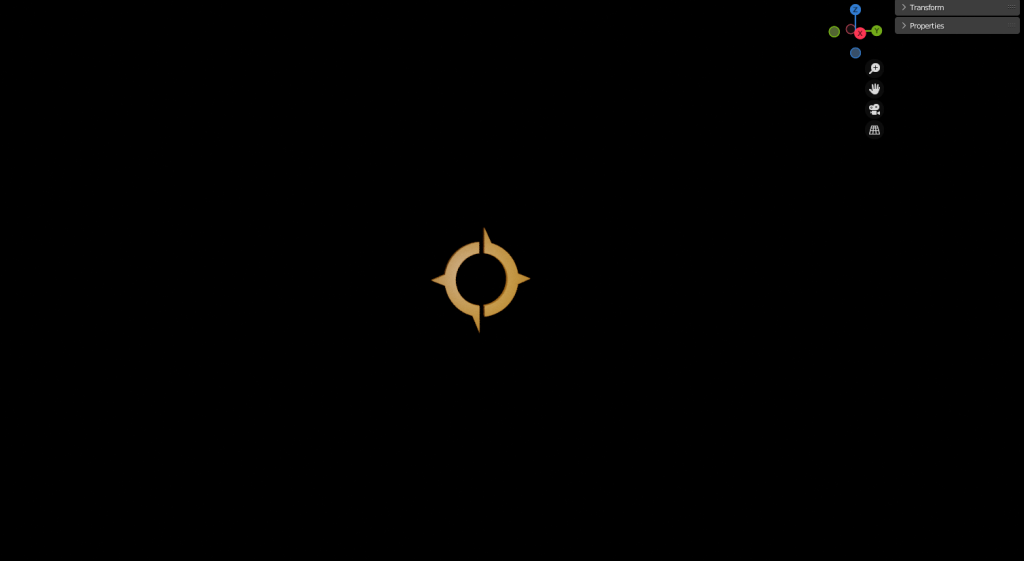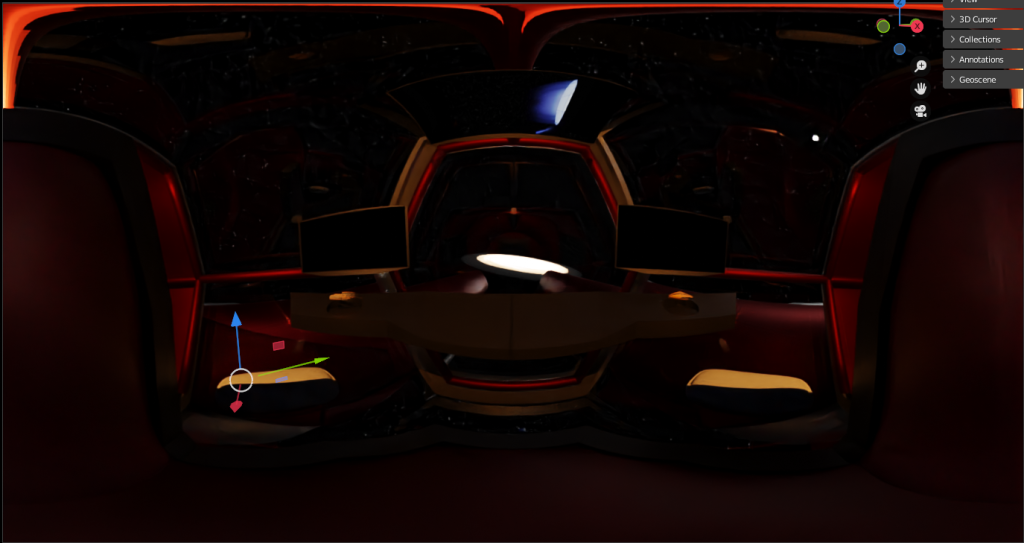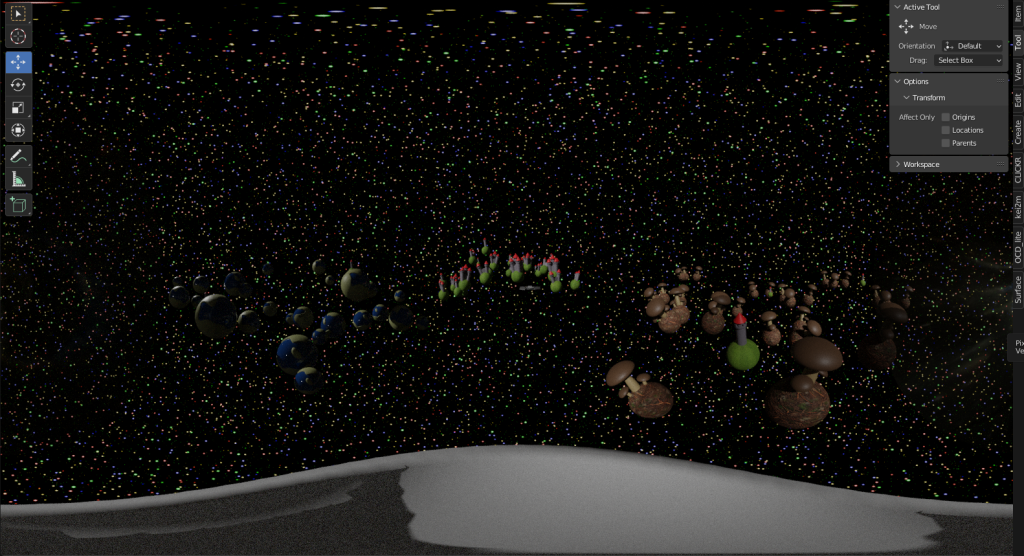In order to make an immersive 360 video you need to take into consideration where the user’s view will be at all times. Unlike with conventional videos, the user is able to look in any direction they choose, so maintaining the viewer’s eye line and guiding their attention is crucial for effectively conveying the story and ensuring an engaging experience. This is especially important to create an immersive experience, When the user feels as if they are participating in the story it enhances their overall experience and makes them feel more connected to the story. To do so I would have to employ different techniques. Different methods need to be used appropriately otherwise the user may start to feel detached from the story by the obvious hand-holding and therefore feel less immersed.
The first approach was simply using the starting perspective so the user knew that they were looking forward. This is advantageous as when the video starts the camera is already facing a direction so it makes sense to start the story from this front perspective. This can be seen in my opening scene, it starts with my logo in the centre surrounded by nothing but darkness, this completely avoids distraction and cements this area of the display as the centre.

So by this stage the user already has a direction to look and, as long as there is not too much to look at surrounding the user, they should have their focus forward until more is shown and this helps lead the video forward from this physical position and that leads on to the next method.
By reducing the noise surrounding the main focus of a frame the user will have less reason to look at the surroundings and will be more likely to follow the focus, in other words, by keeping the scene less cluttered you reduce the amount of time and reason for the user to look around and by focusing detail in different areas you highlight these areas as places for the user to look. In addition, If you make the focus of the scene dynamic by moving it around or making it contain moving parts while keeping the surrounding relatively static this adds an additional layer of effectiveness. One thing to note is that doing too much of this can affect the quality of the scene itself limiting the amount of detail that would be applied to the surroundings so some balance is needed as to not limit the overall portrayal of the story. Take the scene below as an example, shown in a panoramic view.

In this scene, I had to make sure that the inside of the cockpit was not too cluttered so that the user could still focus on what was happening on the outside of the ship but at the same time I couldn’t leave the room empty. Previously in the scene, the screens were flashing with warning signs and that became the focus however as I was moving on to the black hole I had to draw the user’s attention back outside so I opted to remove those distractions from the frame.
Another aspect of navigation is avoiding discomfort for the viewer. In some cases, certain actions may happen, for example when moving the camera, and if done too quickly or repeatedly the viewer may be overwhelmed and feel cybersickness. To avoid this I would have to watch out for excessive camera movement and if necessary take extra steps to avoid the scene being too much to handle. An example of how I handled such problems is within my drone launch scene, in this scene, the viewer’s perspective is thrown from inside the ship to the drone.

This was difficult at first to remedy as the camera is going straight forward with speed, in other cases if the camera was tilting or spinning I could use dynamic FoV however this isn’t as effective an option for this scene. Therefore I decided to use a different approach, since most visual changes were not too effective I instead opted to use audio cues. Before the launch I added an audio line from the ship AI saying ‘Prepare for neurolink to drone sensors, brace’, this gives the viewer an idea of what is going to happen and at the very least gets their attention before it happens, they then have time to prepare but not to much time that they would go back to being fully relaxed.
Another difficult scene was the scene where the drone flies around the planets. Initially, I planned to have the camera attached to the drone during this scene however after some testing I decided against it as the drone was moving too much and for too long. So I had to settle for a static cam that watches the drone fly around.

As you can see I added something below the camera, the idea was that the drone shots the camera up into the air, I found this to be an alright solution as it did prevent cybersickness.
